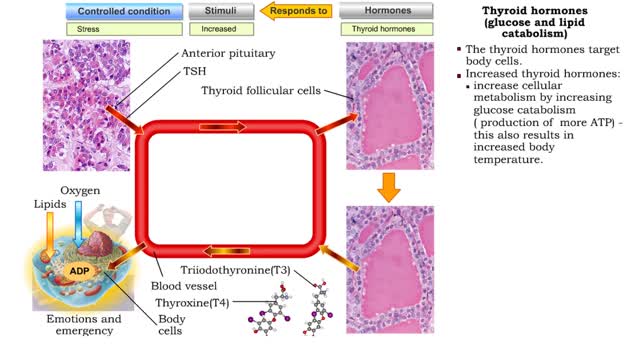Lipid catabolism - lipolysis and beta oxidation and oxidation of fatty acids
By: HWC
Date Uploaded: 10/25/2019
Tags: homeworkclinic.com Homework Clinic HWC Digestion hydrolyzes lipids fatty acids and glycerol ATP triglycerides Lipid catabolism lipolysis Epinephrine Norepinephrine Cortisol Thyroid hormones Human growth hormones beta oxidation and oxidation of fatty acids beta oxidation coenzyme A acetyl CoA Krebs cycle Fat metabolism إستقلاب الحمض الدهني
• Digestion hydrolyzes lipids into fatty acids and glycerol. • Fatty acids and glycerol are: • Oxidized to generate ATP. • Used to produce triglycerides that are stored as energy reserves in adipose tissue. • Lipid catabolism begins with lipolysis in which lipids are broken down into glycerol and fatty acids so they can be oxidized to generate ATP. • Several hormones stimulate lipolysis: • Epinephrine. • Norepinephrine. • Cortisol. • Thyroid hormones. • Human growth hormones. • After lipolysis, fatty acids and glycerol are oxidized via different pathways. • Fatty acids undergo beta oxidation, matching a two-carbon fragment from a fatty acid chain with coenzyme A to form acetyl CoA. • Acetyl CoA then enters the Krebs cycle where reduced coenzymes are produced. • The electron transport chain uses the resulting reduced coenzymes to generate ATP. إستقلاب الحمض الدهني عملية إستقلاب الدهون تعتبر مصدر هام من مصادر الطاقة للكثير من أعضاء الجسم. قبل أكسدة المواد الدهنية لإنتاج الطاقة ، يتم إستقدام هذه الدهون من مخازننها وتوصيلها إلى الدم على هيئة أحماض دهنية حرة ، ومن الدم يتم توزيعها على الأنسجة المختلفة مثل الكبد و العضلات والتي يتم أكسدة الأحماض الدهنية فيها.
Add To
You must login to add videos to your playlists.
Advertisement












Comments
0 Comments total
Sign In to post comments.
No comments have been posted for this video yet.